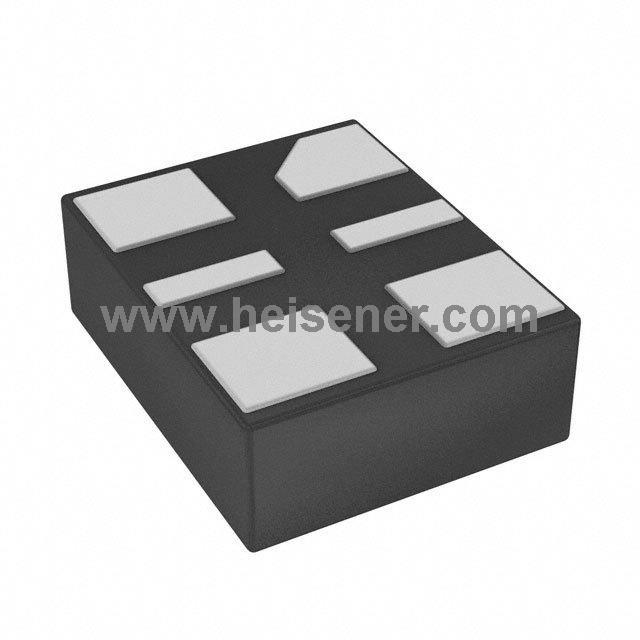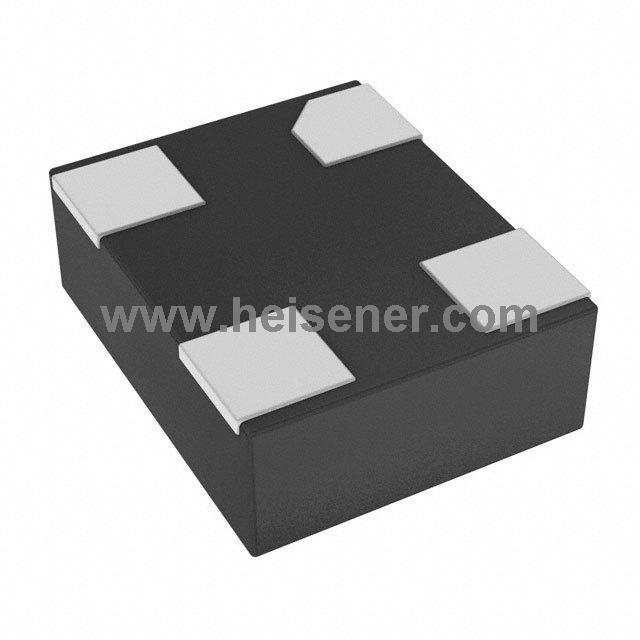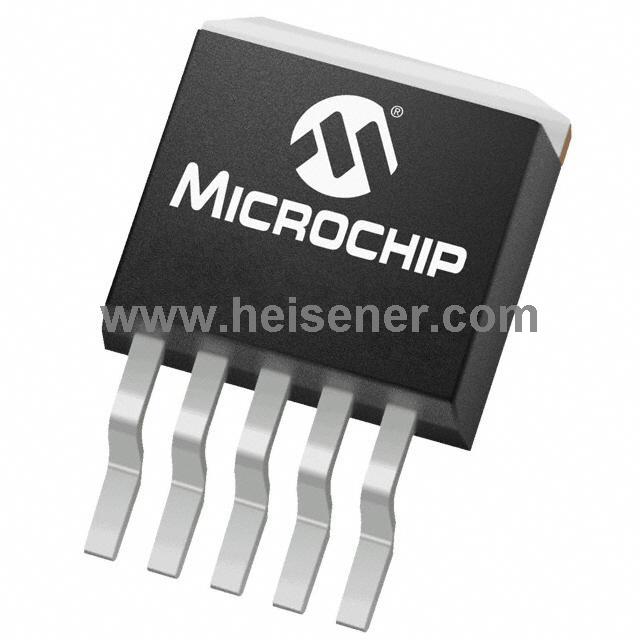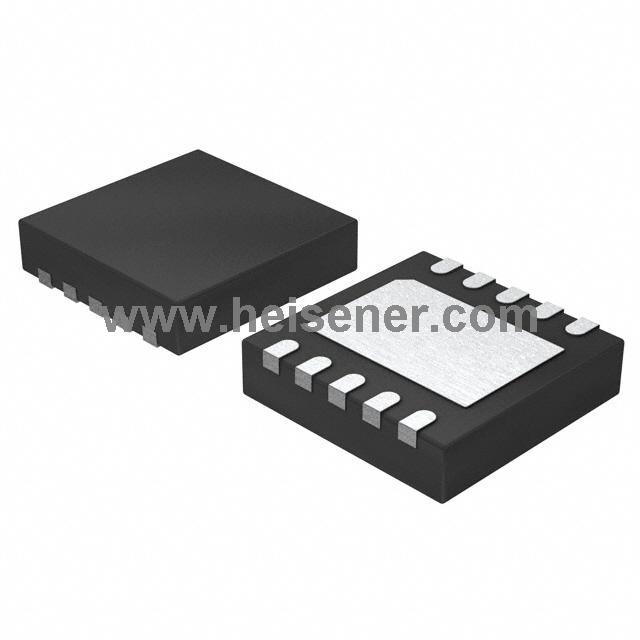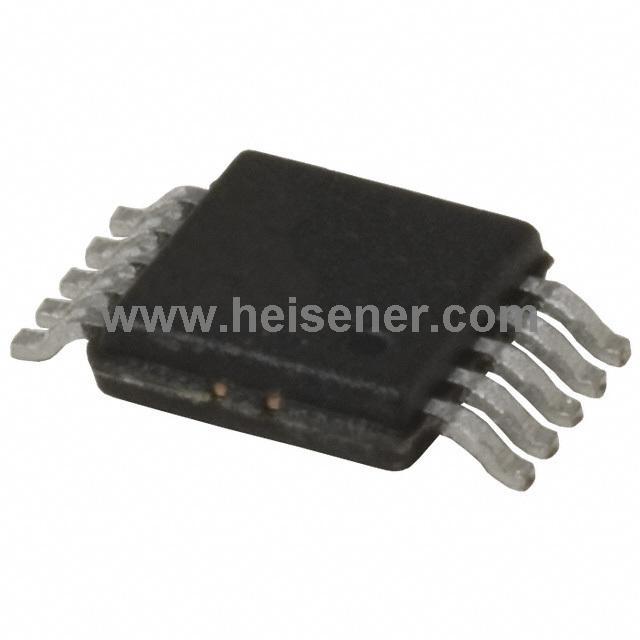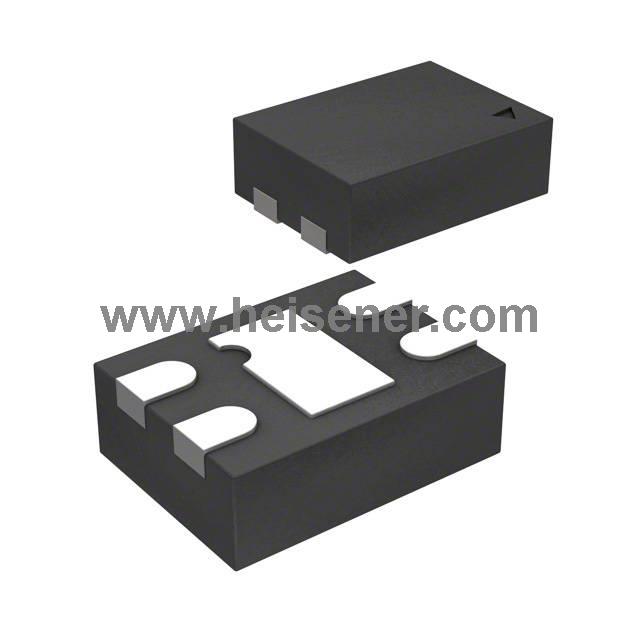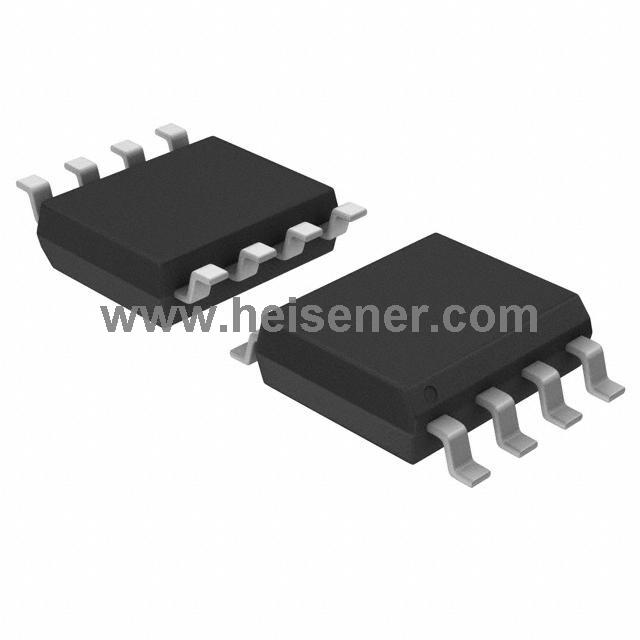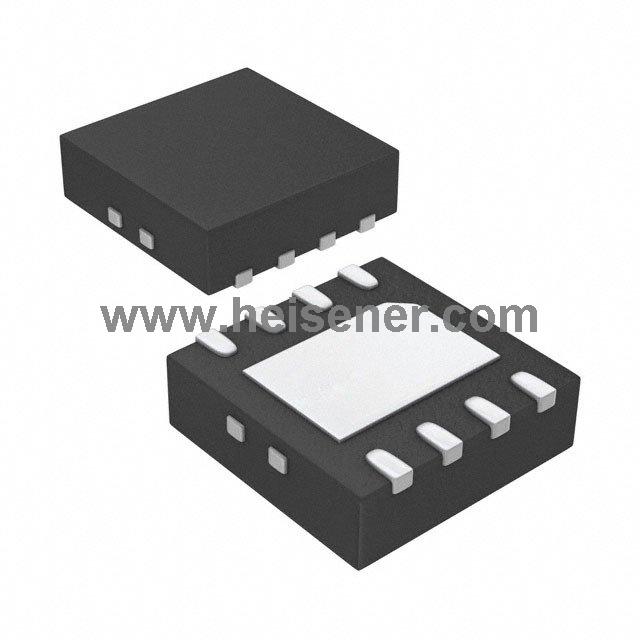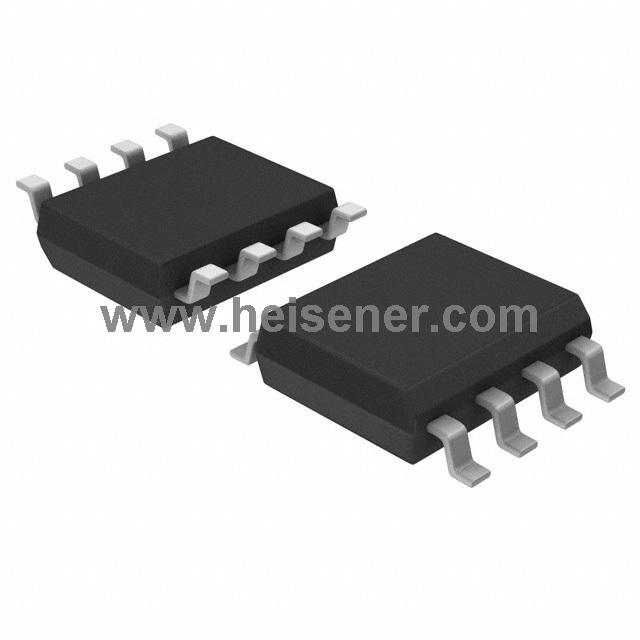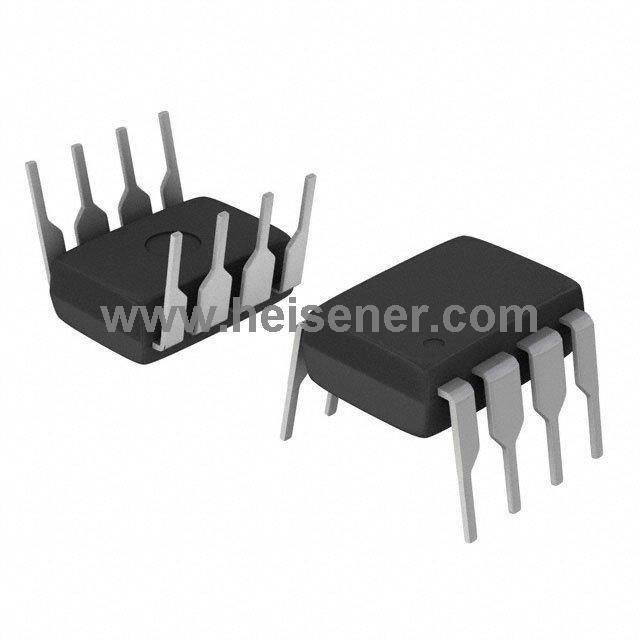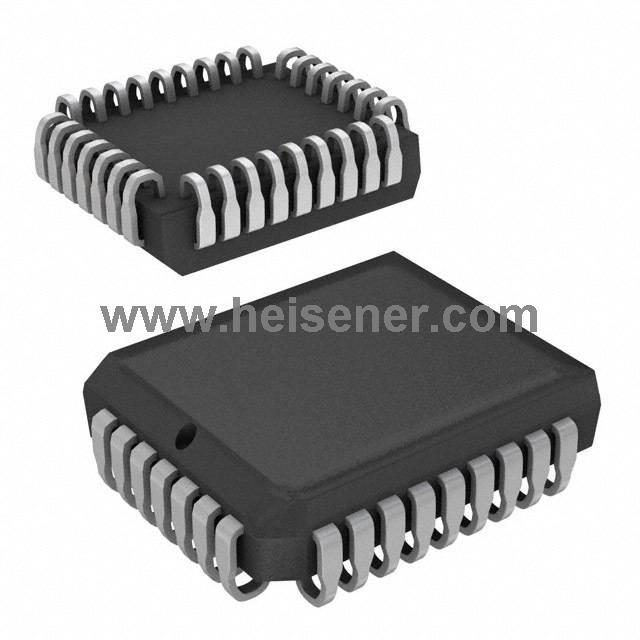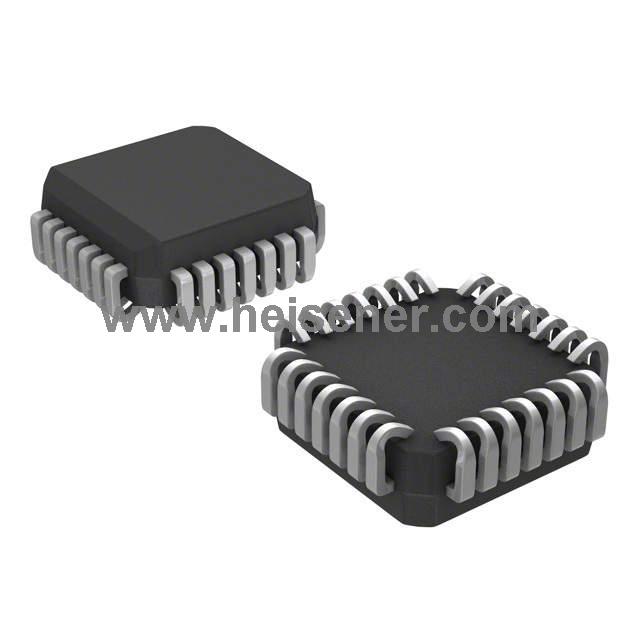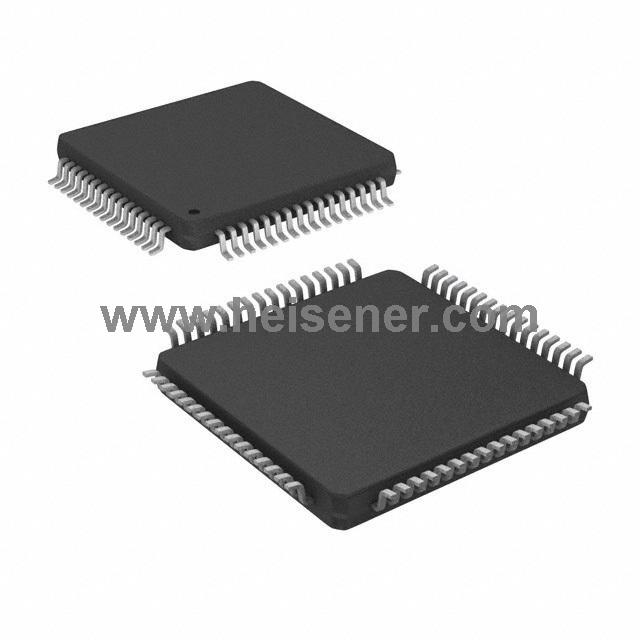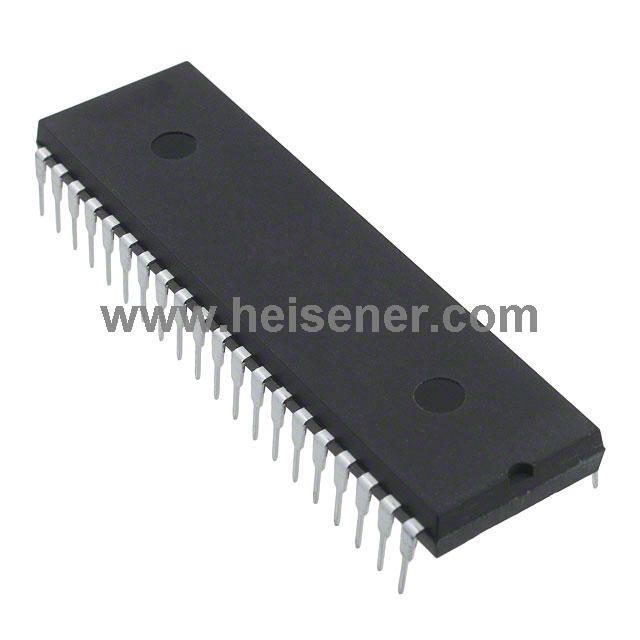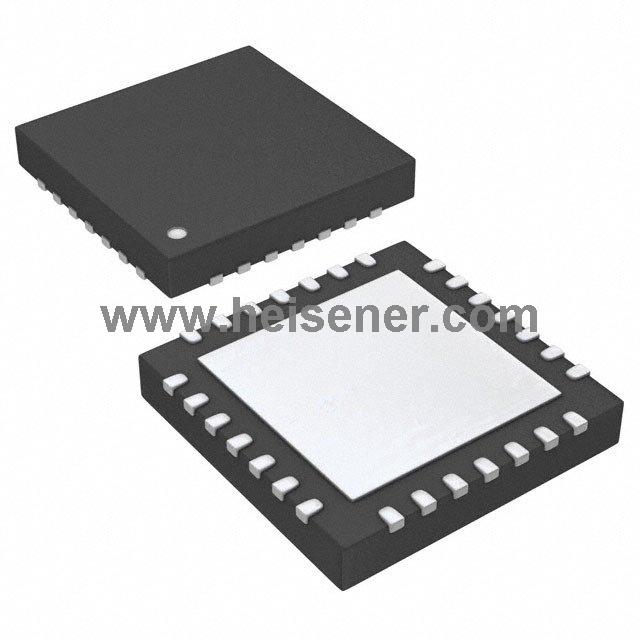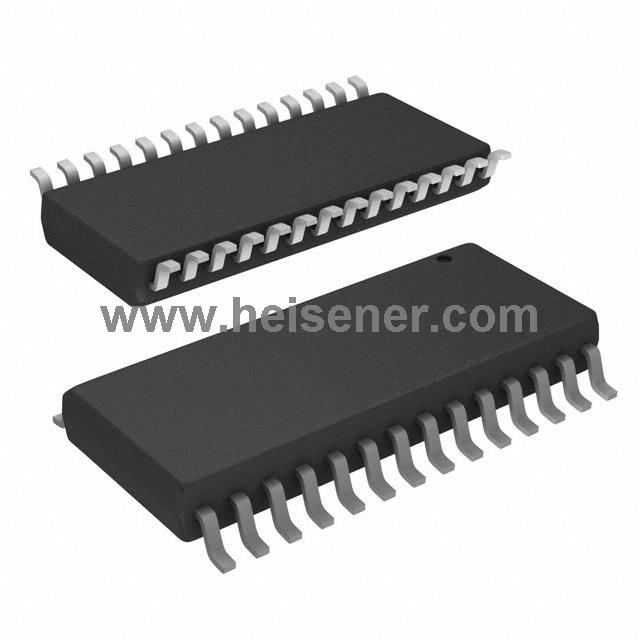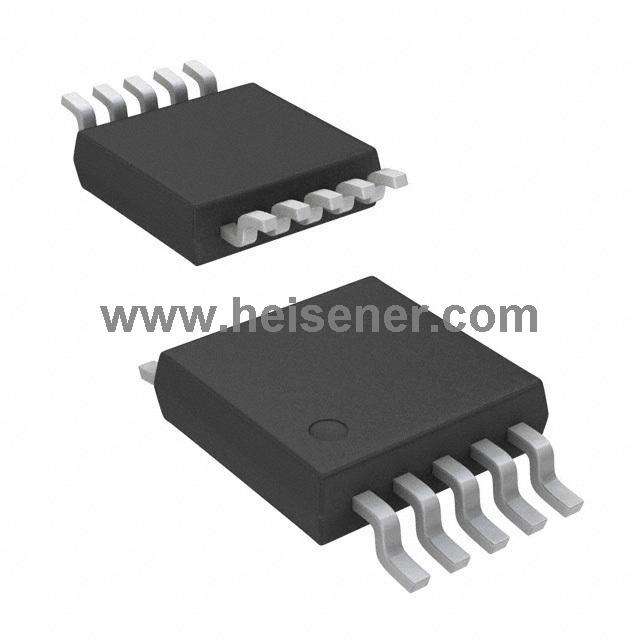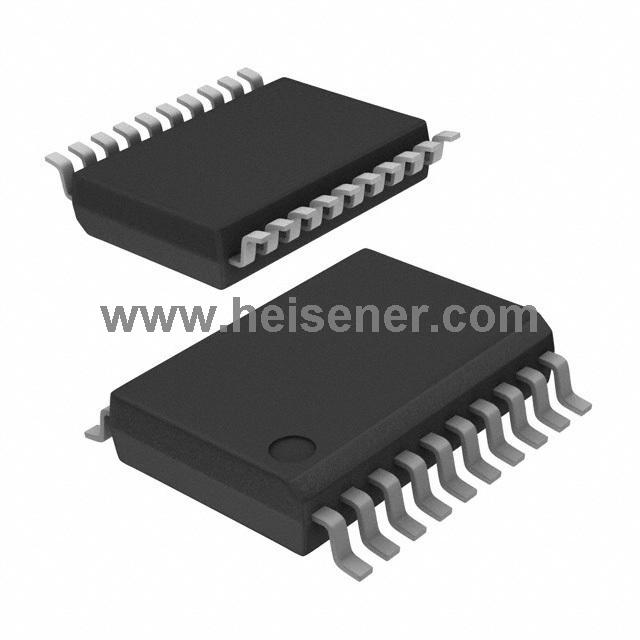
Microchip has announced what it claims to be the industry's smallest IEEE 802.15.4 compatible module, which couples an ultra-low-power MCU with a sub-GHz radio, reducing time to market and providing long-lasting battery life in wireless sensors. The SAM R30 module is half the size of the smallest module on the market and can meet the needs of space-sensitive designs such as home automation sensors and controls.
The module is based on IEEE 802.15.4 and supports private networks that can be easily customized and configured. This is ideal for applications that do not require interoperability due to their inherent vulnerability to remote attacks, such as building automation, alarm systems, smart cities, and industrial sensor networks. The main advantage of IEEE 802.15.4-based networks is that member devices can sleep for long periods of time and continue to operate as part of the network. This module provides ultra-low-power sleep mode, with the ability to wake up from GPIO or built-in RTC, and the power consumption is about 800nA. The device can sleep for years and wake up only when needed to transfer data.
The module is FCC, IC and RED certified, enabling designers to reduce time to market and RF test certification costs. The company gives developers the flexibility to use the free MiWi protocol stack for proprietary point-to-point, star or self-healing mesh network configurations.
This module joins the company's IEEE 802.15.4 compatible wireless product portfolio. With equipment that can meet multiple application needs, developers can choose a single-chip 32 or 48-pin SAM R30 SiP for flexible design layouts, or choose a certified module to speed time to market.
 0
0












 Login/Register
Login/Register
 BOM
BOM
 Cart
Cart


